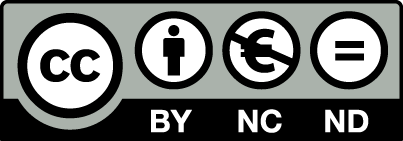Abstract:
Composite nonwoven materials such as polypropylene are widely used for medical purposes due to their unique properties. During the production process, polymer fibers are created using multiple extruders; the material is formed from a web of polypropylene fibers bonded together by cooling and rolling out between cylinders. The production process is often unreliable; hence properties such as water resistance vary across the length of the composite. The nonwovens are often used to manufacture medical attire, which further needs to be sterilized, and in order to choose the optimal method, one needs to know the cloth's water resistance. The aim of the study was to investigate the statistical distribution of permeability in composite nonwovens and its relevance to business decisions. Investigation was performed on multiple samples at different stages of production. It was found that water resistance is strictly correlated with the quality of the material and is increased in the sterilization process. The statistical analysis of water resistance in nonwoven material, both raw and processed, can be used by medical manufacturers in order to optimize costs in the production process.

